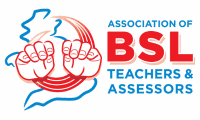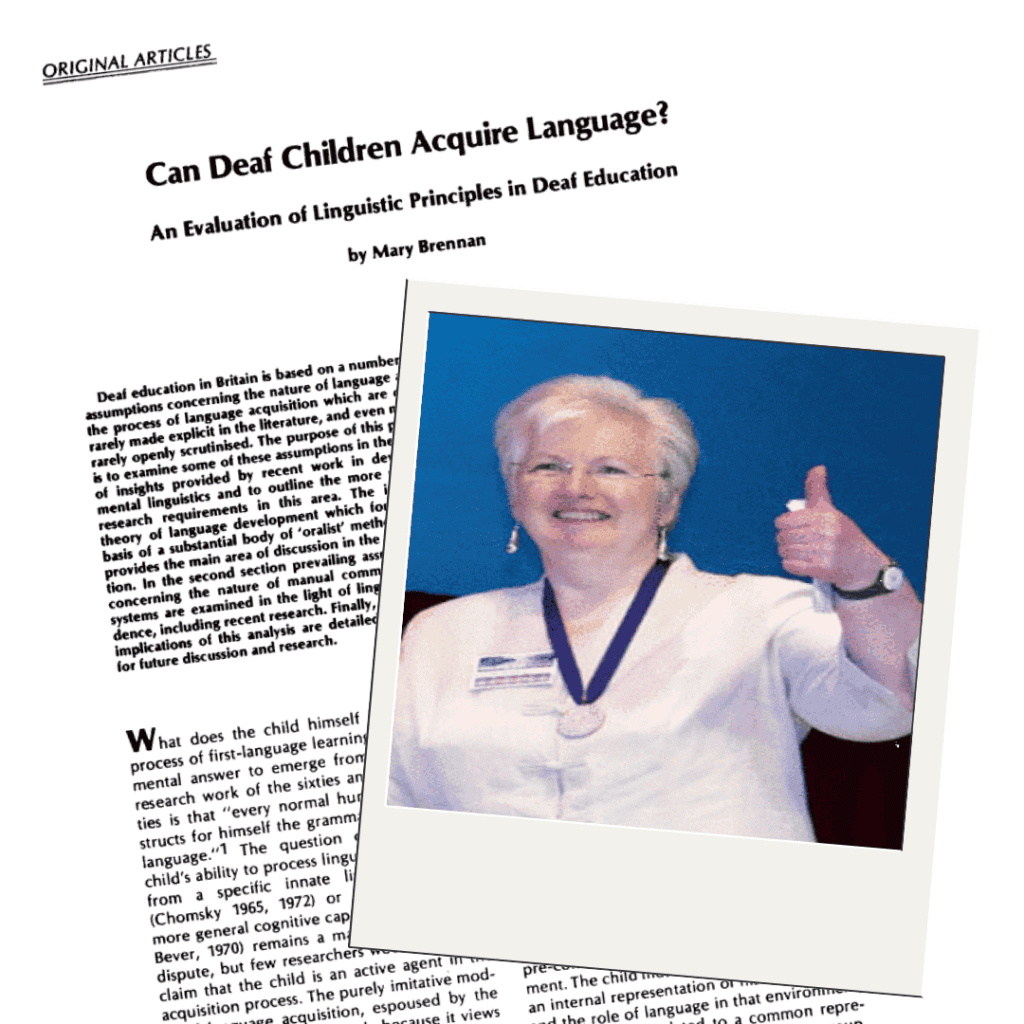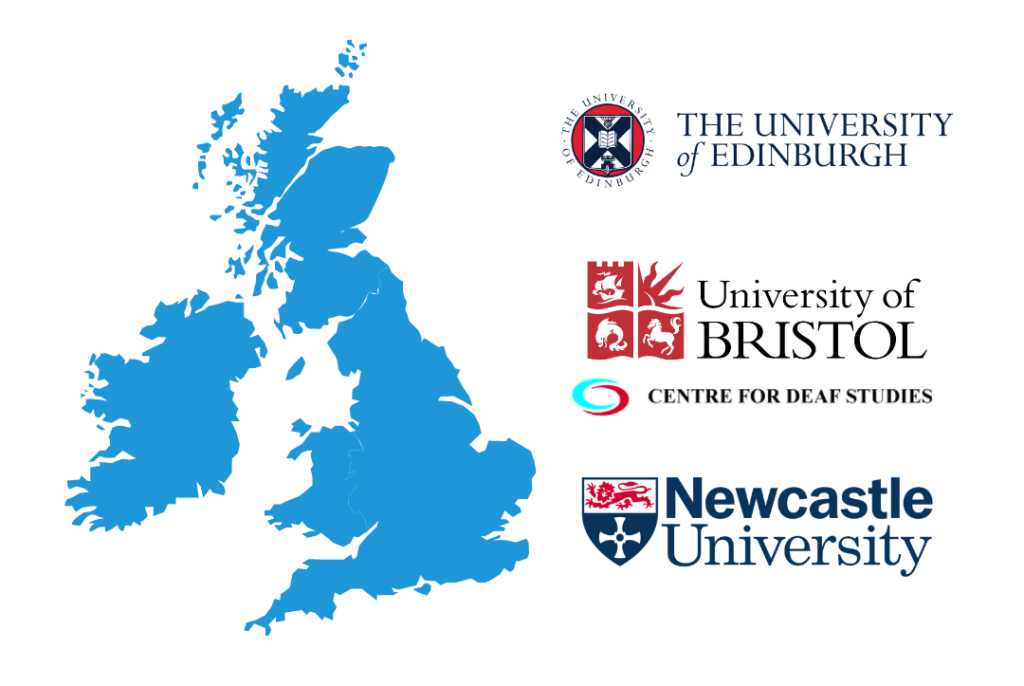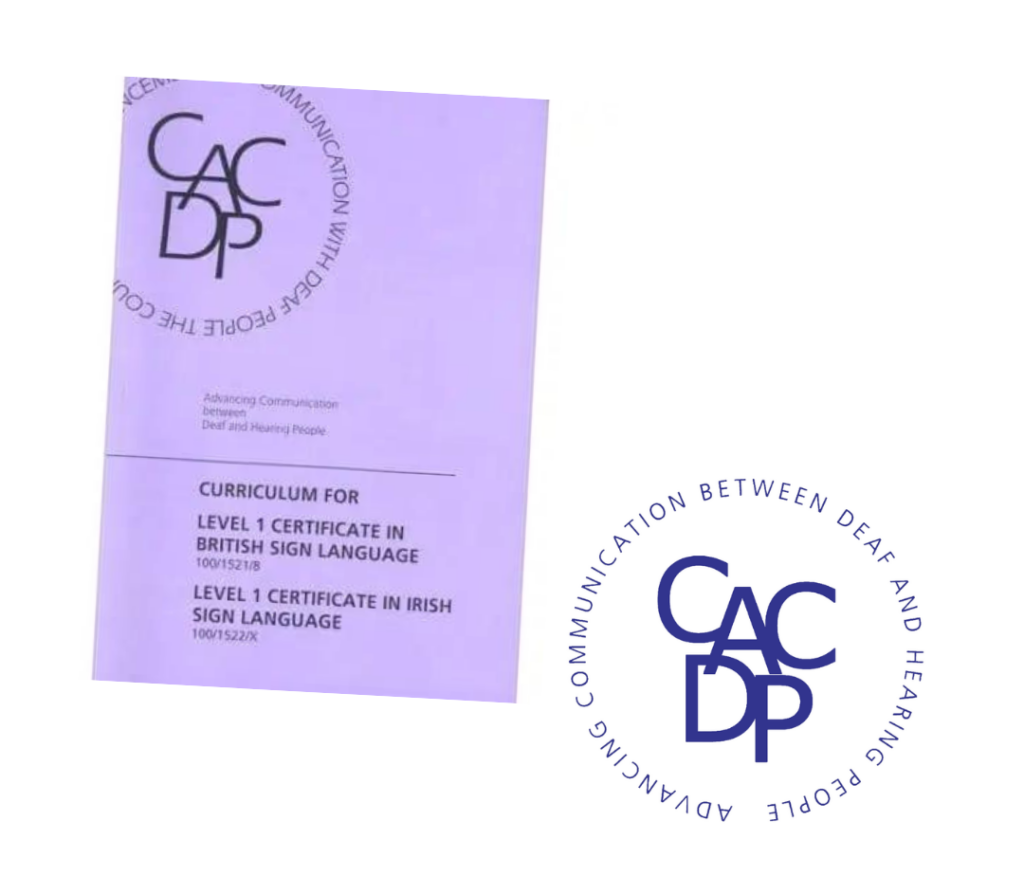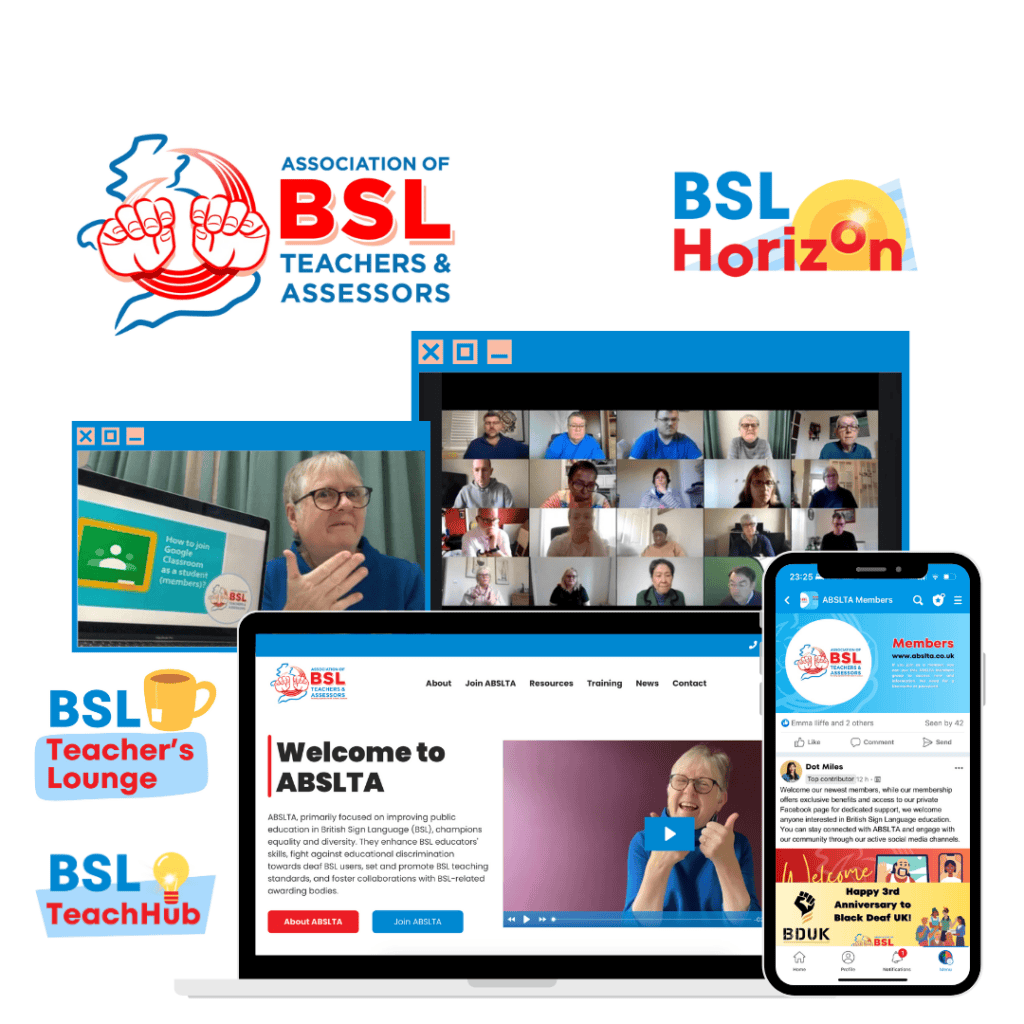The Story of ABSLTA: From Early Days to Now
Our Journey Through Time: Key Milestones and Influences from Before ABSLTA's Formation in 1989 to the Present
Early Use of the Term “British Sign Language”
 1 September 1975
1 September 19751975: The term “British Sign Language” was first officially used to describe the language of the Deaf community in Britain, as documented by Mary Brennan in the American Annals of the Deaf.
“If BSL is a language then we can expect it to exhibit a unique grammatical system, comparable with other languages, particularly other manual languages, but unquestionably different from them.”
Brief History of BSL
 1 September 1977
1 September 19771977-1979: Significant research projects focusing on British Sign Language were initiated at Moray House (University of Edinburgh), the Centre for Deaf Studies (University of Bristol), and the Sign Language Linguistics Group (University of Newcastle).
British Sign Language (BSL) Curriculum
 1 November 1980
1 November 1980The Council for the Advancement of Communication with Deaf People (CACDP) was established in November 1980, born from a Communication Skills Project funded by the Department of Health and Social Security and managed by the British Deaf Association. It became an independent organisation in 1982.
Sign Language Teacher Training Course (STTC)
 1 September 1983
1 September 1983In 1983, the Sign Language Teacher Training Course (STTC) was approved by the CACDP. The City Literary Institute, credited with incorporating Adult Education theories and teaching skills into the program, claims to be the first to offer such a comprehensive course in Britain.
Founding of the British Sign Language Training Agency (BSLTA)
 1 September 1985
1 September 1985In 1985, the British Deaf Association and Durham University established the BSL Training Agency (BSLTA) under Clark Denmark’s leadership. BSLTA pioneered deaf-led training, granting official qualifications for teaching sign language – a historic first.
Formation of the Sign Language Tutors Association (SLTA)
 19 April 1989
19 April 1989In April 1989, Liz Scott-Gibson, the British Deaf Association’s Education Officer, played a key role in establishing the Sign Language Tutors Association (SLTA). An open meeting at Doncaster College laid the groundwork for a collective of BSL tutors to collaborate and support one another.
Establishment of ABSLTA
 18 November 1989
18 November 1989In November 1989, an open meeting at the Birmingham Deaf Club led to the formation of an Executive Committee and the presentation of a draft constitution. This pivotal event also marked the transition from SLTA to ABSLT.
The first Executive Committee included:
Sharon Franklin (Belfast)
Kathleen Cameron (Scotland)
Richard Magill (London)
Linda Richards (Reigate)
Melinda Napier (Surrey)
Joanna Gardiner (Bristol)
Sheila Moon (Cardiff)
The First AGM and a Fond Memory
 4 November 1990
4 November 1990The first official Annual General Meeting (AGM) of the Association was held in November 1990 at Manchester Deaf Club. Gillian Stringer, who has been a long-time member of ABSLTA since the beginning, fondly remembered her close group of friends, the ‘fab five,’ who often got together for fun. She also shared a photo from her first AGM in Manchester, which inspired us to hold our 35th AGM there, celebrating that special moment and marking an important milestone for ABSLTA.
Evolution of ABSLTA (2000-2014)
 1 September 2006
1 September 2006New Name and Logo Changes
2006: The Association’s name was changed from “The Association of British Sign Language Tutors” (ABSLT) to “The Association of British Sign Language Tutors and Assessors” (ABSLTA).
Membership Changes
1989: Membership thrived with over 350 individuals.
2014: Membership faced challenges and dropped significantly by 93.71%. At the 25th AGM, with only 22 members remaining, David Pilkington nominated Emma Iliffe as the 6th Chair, taking over from Melinda Napier’s 11-year tenure.
Name Change
2014: The term “Tutors” was changed to “Teachers” to better reflect the professional qualifications of its members.
Innovation and Growth (2015-2024)
 1 September 2015
1 September 2015New Look and Embracing Technology
- ABSLTA refreshed its look in 2015 with a new name sign and logo designed by graphic designer Matthew Jones, marking the third update to ABSLTA’s visual identity.
- In 2020, ABSLTA used Zoom to set up CPD and training sessions to help BSL teachers improve their skills across the UK. Due to the COVID-19 pandemic, the AGM was held online for two years in a row, from 2020 to 2021.
Becoming a Charity and Enhancing Online Presence
- ABSLTA officially became a charity on February 22, 2023, after starting the process in July 2022.
- In October 2023, ABSLTA launched a new website in Edinburgh, designed by graphic designer Paul Challinor. Matt Jenkins, the current Chair (2024-), expanded our social media presence by introducing Instagram, X (formerly Twitter), and LinkedIn to reach a wider audience.
Celebrating 35th Anniversary and Leadership Transition
- By the end of 2023, our membership had grown to over 100 members. As part of our three-year plan, we aimed to achieve this milestone, along with setting up a conference.
- In March 2024, during our 35th AGM meeting, Emma Iliffe stepped down as the 6th Chair, and Matt Jenkins became the 7th Chair of ABSLTA.
- The BSL Horizon Conference was held in April 2024 at Manchester Deaf Centre, celebrating ABSLTA’s 35th anniversary and returning to the location of the 1st AGM held in Manchester in 1990.
